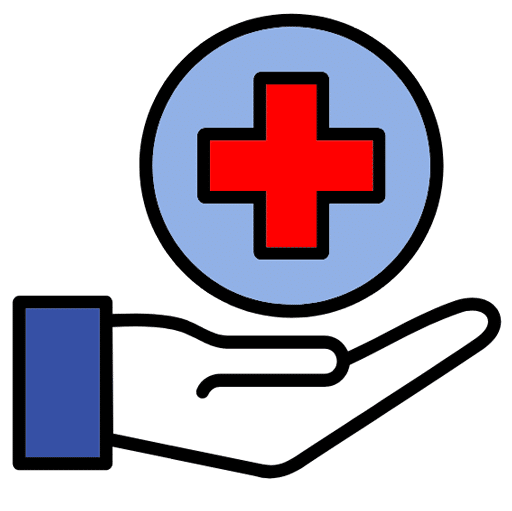The Basic Nursing Skills section is one of the most heavily weighted parts of the CNA exam, and mastering it is essential for success. Our 40-question Basic Nursing Skills practice test is designed to help you prepare for the real exam by focusing on the everyday skills a Certified Nursing Assistant uses on the job.
Once completed, you’ll receive your score and have access to the full list of correct answers.
✏️ Start Your Practice Test Now!
Basic Nursing Skills – vital signs, hygiene, positioning, safety
Topics Covered
This section covers the foundation of CNA work, including how to take and record vital signs such as temperature, pulse, respiration, blood pressure, and weight. It also includes hygiene care like bathing, grooming, and oral care, along with safe patient positioning and fall prevention.
Tips for Success
To do well on this section, focus on memorizing normal vital sign ranges and practicing accurate measurement. Infection control steps, such as handwashing and glove use, are essential during hygiene care. Positioning skills require good body mechanics, and safety checks like locking brakes before transfers can make or break your score.
Pointers for Study
Studying with flashcards for vital signs, watching skill demonstrations, and practicing with a partner are effective ways to prepare. Even small details, like reporting changes in condition, matter for both the test and the job.
Keep Going!
Continue working through all of our practice tests to sharpen your skills.
